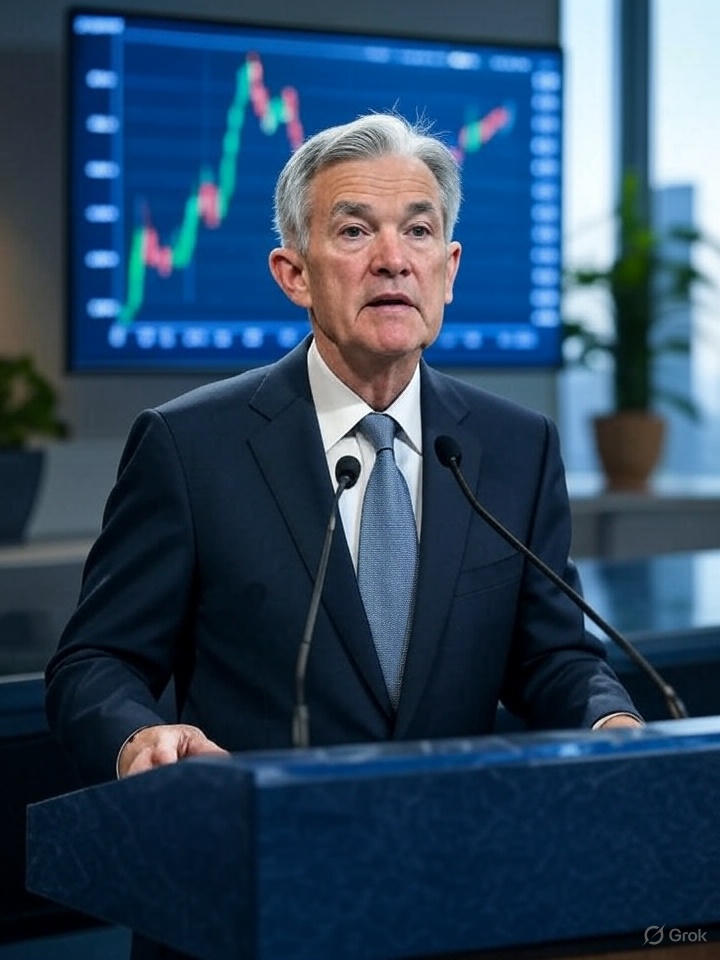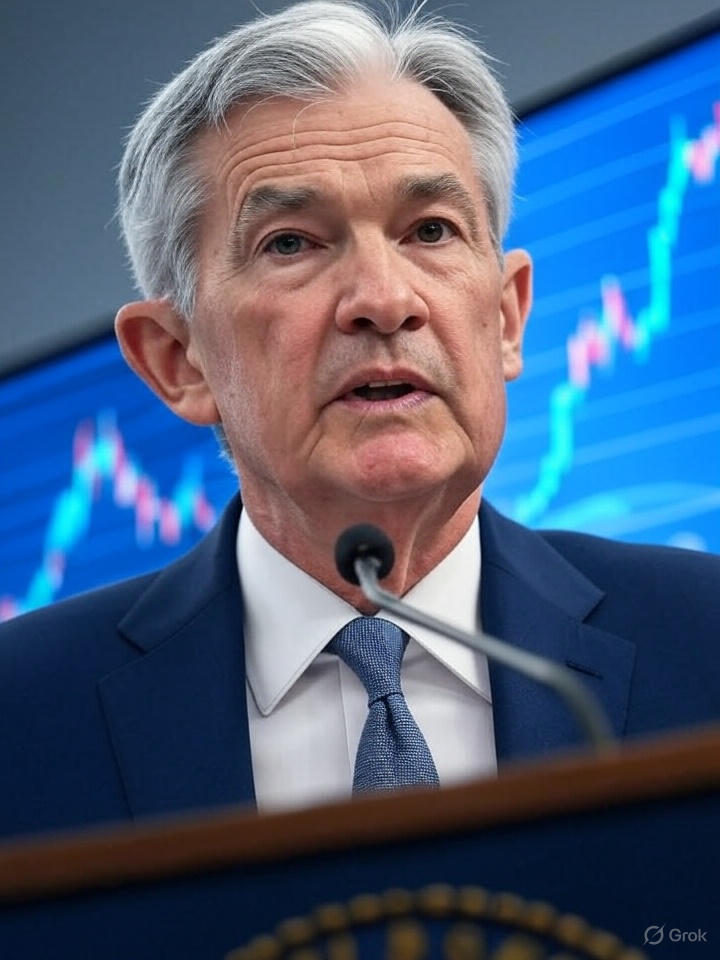Fed Signals Potential Rate Cuts Amid Easing Inflation
At its most recent policy meeting, the Federal Reserve decided to maintain its benchmark interest rate in the 4.25% 4.50% range marking the fifth straight hold. However, policymakers signaled likely rate reductions later in 2025, forecasting two quarter-point cuts under baseline projections, contingent on how inflation trends unfold(Globedge).
While these projections suggest eventual easing, Fed Chair Jerome Powell emphasized that final decisions will remain data dependent. He cited uncertainties surrounding tariff impacts, inflation persistence above the 2% target, and risks from geopolitical developments like trade policy and the Israel Iran conflict. Powell stressed that policy adjustments will depend on upcoming economic indicators, especially regarding price pressures and labor market trends.(The Gardian).
Internal Fed Divisions Reflect Broader Debate
The Federal decision was marked by internal disagreements. Two Trump-appointed governors Christopher Waller and Michelle Bowman have signaled they may dissent from the unanimous hold vote, advocating for an immediate 25 basis point cut. They point to signs of labor market softness and cooling demand to justify easing policy sooner.(reuters.com).
In contrast, officials such as Raphael Bostic and Mary Daly stress the risk of inflationary rebound from trade disruptions and advise caution. Daly noted that while inflation is moderating, it’s still “sticky,” warranting continued restraint until more conclusive softening emerges.
Markets React: Stocks Reach Highs on Cut Expectations
Equity markets responded positively to the Federal forward guidance. On July 29, 2025, both the S&P 500 and Nasdaq briefly hit new record highs, buoyed by strong corporate earnings and optimism over potential rate cuts. Market sentiment remains shaped by a perceived 60 to 65% chance of a cut in September, as reflected in futures pricing and investor surveys.
Retail investor appetite remains elevated, with speculative trading particularly in meme stocks and options contributing to overall market buoyancy. Margin debt has surged past US $1 trillion, reflecting investor confidence but also raising warnings about market froth and over leverage.

What It Means: Inflation and Growth Outlook
Fed projections for 2025 now anticipate inflation ending the year near 3.0%, well above the 2% target. GDP growth is downgraded to 1.4%, and unemployment is expected to rise modestly to 4.5%, reflecting signals of cooling labor conditions and economic momentum.
The Fed remains cautious of a stagflation like scenario slowing growth and elevated inflation, particularly if tariffs and global uncertainties continue to drive price pressures.
Nonetheless, markets interpret the Fed’s messaging as an opening toward future rate relief, shifting sentiment from tightening toward cautious optimism.
Key Policymaker Positions
- Jerome Powell: Advocates patience, focusing on incoming data and acknowledging trade driven inflation risks.
- Mary Daly: Supports measured cuts only if inflation falls faster than expected or jobs weaken further.
- Christopher Waller & Michelle Bowman: Favor early rate cuts given signs of softening labor metrics.
Market Implications & Risk Factors
- A September rate cut is gaining traction among investors, though risk remains skewed if inflation resurges or economic data surprises.
- Bond yields have recently eased as markets price in future rate cuts, but the yield curve remains elevated, signaling uncertainty and the need for caution.
- Broad stock market rallies especially in cyclical sectors and speculative assets underscore investor optimism, but analysts caution about overvaluation and margin excess. While fresh policy signals could bolster markets further, volatility may rise if inflation data disappoints or global instability increases.
Summary
The Federal Reserve’s recent communication signals a potential shift to rate cuts later in 2025, reflecting moderation in inflation and labor trends. While the Fed held its policy rate steady at 4.25% 4.50%, internal splits highlight tension between those urging earlier easing and those prioritizing inflation containment.
Equity markets have responded robustly, with major indices touching record highs as investors price in future Fed accommodation. Yet risks persist: inflation remains above target, GDP growth is weak, and geopolitical uncertainties cloud the outlook. The Fed’s cautious but flexible stance suggests that any rate moves will depend heavily on economic developments particularly by the fall, when the first cuts could materialize. Let me know if you’d like a dive into how bond markets or specific equity sectors are reacting to the evolving monetary outlook.

